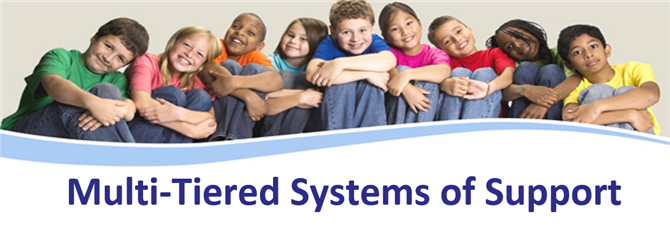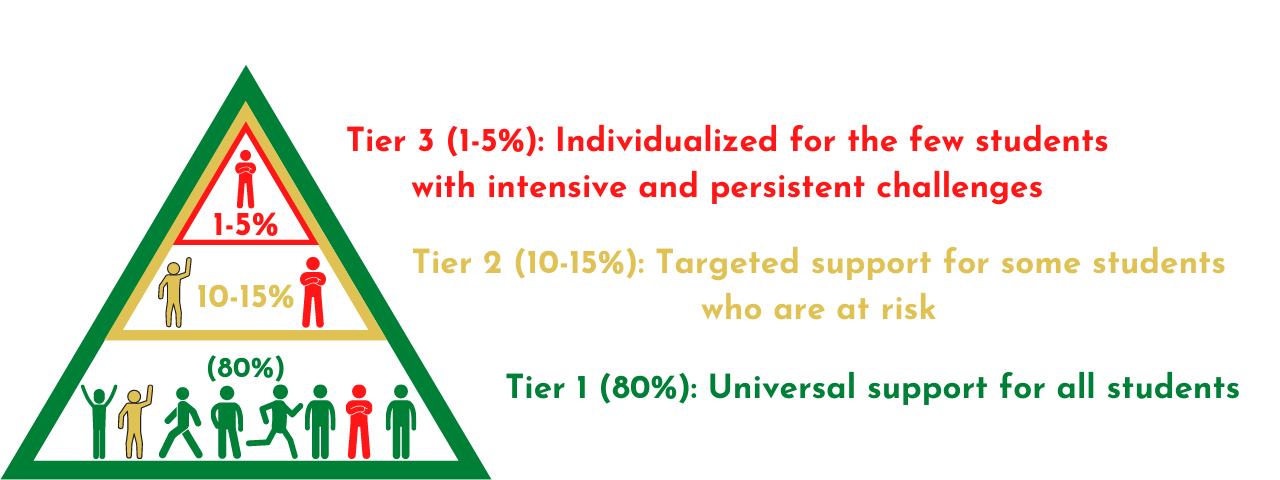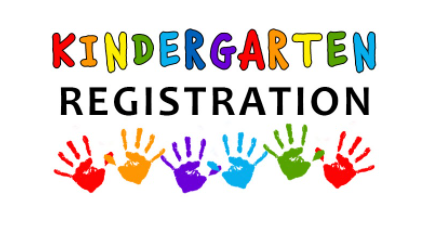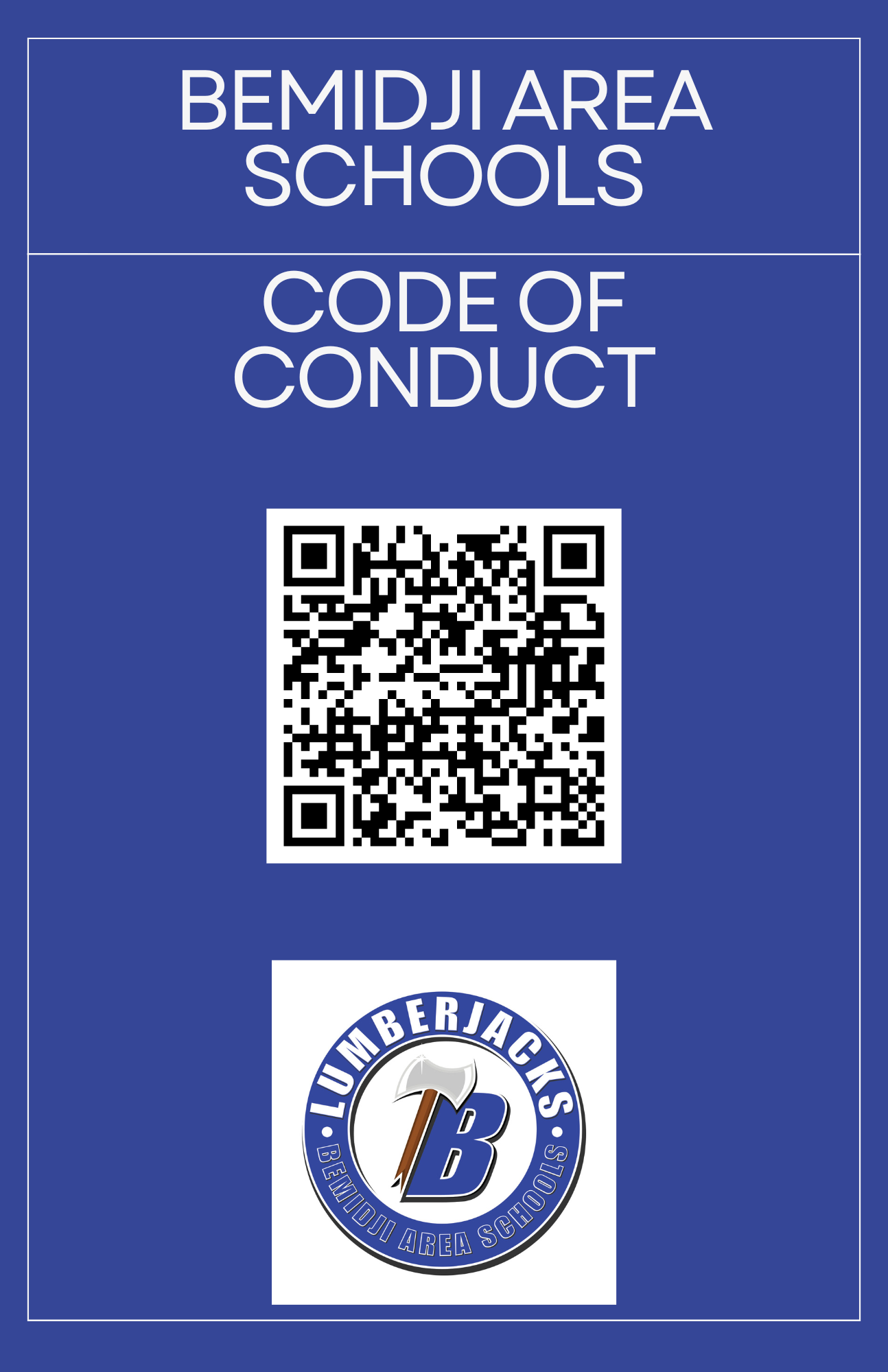
What is MTSS?
MTSS (Multi-Tiered Systems of Support) is the process by which our district ensures all students are able to be successful in our diverse and changing world. MTSS is a data driven approach that uses assessment, collaboration, and targeted interventions to increase student success academically, behaviorally, and socially. This method assists teachers in identifying at risk students so that they can provide strategic assistance and adjust instruction based on students’ needs. As a result, the MTSS process verifies that all students are being supported in achieving grade level expectations.
What is my involvement as a parent?
The MTSS system is not just a “school” approach. It is a team approach between the school and the home. Your at home involvement in this process could look like:
- Communicating with your child’s teacher.
- Asking for reports on your child’s academic, behavioral, or social progress.
- Celebrating your child’s successes.
- Reviewing and assisting your child with homework.
- Modeling and reinforcing appropriate social and behavioral skills.
You know your child best, so your role in the MTSS process is important. The more involved you are in your child’s learning, the higher your child’s achievement.
What supports do I have as a parent?
Bemidji Area Schools provide the following resources for parents and families to enhance the home/school partnership,support parent learning, and encourage involvement in the MTSS process.
- Bemidji Community Education – Bemidji Community Education offers a variety of parent/child enrichment programs and activities that support the whole child.
- Bemidji Indian Education Department – Bemidji School’s Indian Education Program offers support designed to meet the educational and cultural needs of identified American Indian students and families.
- Bemidji Area Schools Student Enrichment –The Bemidji Enrichment website offers students and families engaging activities that support learning at home.
- Parent Teacher Organization (PTO)–Contact your child’s teacher for the name and contact information of your school’s current PTO president.
- Individual School Programs–Each school offers different family programs to help build the home/school partnership. Be on the lookout for flyers, emails, and notifications about when these programs are happening at your child’s school.
As a parent, what can I expect with MTSS if my child is receiving Tier 2 or Tier 3 interventions?
If your child is not responding to the whole classroom instruction and interventions, they may begin receiving targeted Tier 2 or Tier 3 individual or small group interventions to help them make appropriate progress. If your child begins to receive Tier 2 or Tier 3 interventions:
- You will be informed about the interventions your child receives.
- You will receive frequent information about how your child responds to the interventions.
- You will see school support that increases or decreases depending on your child’s needs.
- You will be informed about next steps that may occur, based upon how your child responded to the interventions.
How is MTSS different from special education?
Special education students are those students who did not adequately respond to any Tier 1, Tier 2, or Tier 3 interventions. Because of this, they were referred for a special education evaluation, to see if they qualified for more intensive services. While a potential outcome for non-responsive students, placing students in special education is not the goal of MTSS, and should never be seen as the “end goal.”
MTSS is our district’s systematic approach to ensure students remain within the general education classroom by receiving whole group and small group targeted interventions. MTSS is done with the intention that all classroom supports have been utilized to promote positive results with a struggling student receiving Tier 2 or Tier 3 services. The goal of MTSS is to help students achieve grade level expectations (whether behavioral, academic, social, or functional), NOT to be a vehicle for a “fast track” to special education.
Contact Us
For more information, talk to your child’s teacher or principal, or contact one of the following district personnel:
Colleen Cardenuto
Director of Curriculum and
Administrative Services
(218) 333-3100 (ext. 31103)
Colleen_Cardenuto@isd31.net
Alexis Wilde
Director of Special Education
(218) 333-3100 (ext. 31104)
Alexis_Wilde@isd31.net
Laci Podmore
District Language Arts and
Social Studies MTSS Specialist
(218) 333-3400 (ext. 49434)
laci_podmore@isd31.net
Amanda Mix
District Math and
Science MTSS Specialist
(218) 333-3400 (ext. 49228)
amanda_mix@isd31.net
MTSS Model

Tier 1 (all students): Core classroom instruction
All students (100%) receive core classroom instruction. A classroom teacher uses best practices strategies to support all students in learning core classroom instruction. These strategies may include a pre-teaching or review of skills, the use of positive reinforcement or behavioral modeling, or strategic social pairing. Typically, 80% of students will respond positively to this type of support, and be able to achieve grade level expectations without any extra interventions.
Tier 2 (some students): Individualized intervention
Some students (~20%) receive individualized interventions based on need. Students who need more support are given small group interventions in addition to core classroom instruction. These interventions could occur inside or outside the classroom for 10-30 minutes, three to five times per week, at k times of the day. The classroom teacher or other trained staff members may provide these interventions. Typically, 90-95% of these students will respond positively to this type of support, and be able to achieve grade level expectations without more intensive interventions.
Tier 3 (few students): Intensive intervention
A few students (~5%) who do not have success at the first two levels will receive more intensive support and interventions in Tier 3. These may occur 4 or more times per week, for 30-60 minutes a day. It may include staff such as the school psychologist, school counselor, or school social worker. The goal at this level remains the same–to help students achieve grade level expectations and keep them in the general education classroom as much as possible.


